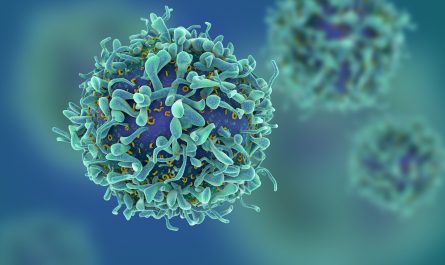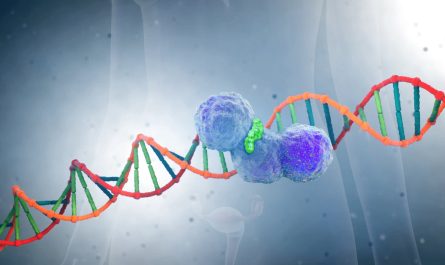As modern medicine continues to advance rapidly, scientists are exploring new frontiers in treating and curing diseases. Cell and gene therapy have emerged as promising new approaches that could revolutionize how we treat many serious illnesses. This article will explore what cell and gene therapy are, how they work, current research and applications, as well as the future potential of these innovative treatments.
What is Cell Therapy?
Cell therapy involves transplanting human cells into patients to treat diseases. The transplanted cells can replace damaged or missing cells in the body. Different types of cells have been used in cell therapy. Stem cells have shown particular promise due to their ability to differentiate into many cell types. Hematopoietic stem cells are already used widely to treat blood and immune disorders. Mesenchymal stem cells taken from bone marrow are being studied for treating conditions like heart disease. Skin grafts using skin cells are routinely used to treat burns. Other cell types like islet cells, cardiac muscle cells and nerve cells are also being studied for cell therapy applications.
How Does Cell Therapy Work?
In cell therapy, healthy cells are introduced into the body where they can carry out the function of damaged cells. For example, in bone marrow transplants used to treat leukemia, healthy blood stem cells are infused to replace the patient’s defective bone marrow. The transplanted cells then go on to produce new and healthy blood cells. Stem cells have an advantage because they can multiply and differentiate into specialized cell types. For instance, mesenchymal stem cells have been shown to differentiate into cardiac muscle cells and promote healing after a heart attack. Cell therapy aims to leverage the regenerative properties of cells to repair and regenerate diseased tissues.
Current Research and Applications
Significant progress has been made in cell therapy research and some therapies are already in clinical use. Bone marrow transplants are routinely used globally to treat blood cancers. More recently, stem cell therapies using mesenchymal stem cells are being tested for conditions like acute myocardial infarction, circulatory disorders and cartilage damage. Last year, the FDA approved the first stem cell therapy product called Hemacord for treatment of blood disorders. Skin grafts using skin cells are the standard of care for severe burns. Researchers are also studying cell therapies for neurodegenerative disorders like Parkinson’s disease using dopamine producing nerve cells. Clinical trials are underway to evaluate cell therapies for conditions such as heart failure, diabetes, and arthritis.
What is Gene Therapy?
Unlike cell therapy which uses whole living cells, gene therapy involves modifying genes inside patient’s own cells. The basic premise is to introduce genetic material into target cells to compensate for abnormal genes or their effects. This is done using gene transfer vectors like viruses that can safely deliver normal genes into the cells. Gene therapy aims to treat diseases caused by genetic abnormalities or abnormalities acquired during life such as infections. Examples include hemophilia caused due to a missing clotting gene and cancers caused due to mutations in tumor suppressor genes. Gene therapy may allow long term treatment by a single administration as corrected genes permanently reside inside patient’s cells.
Gene Therapy Mechanisms
There are different mechanisms used in gene therapy. In replacement gene therapy, a healthy copy of the gene is introduced into the cells to compensate for the defective one. In on/off switch gene therapy, specially designed genes are used to turn on or turn off production of certain proteins. In genetic immunotherapy, genes are added to help immune cells better recognize and attack cancer or infections. Genes can also be modified using genome editing tools like CRISPR to correct mutations directly at DNA level. The Cell and gene therapy transfer vector delivers the new gene and integrates it into the cellular DNA or remains episomal inside cells to produce therapeutic effects.
Future Potential of Gene Therapy
While gene therapy is still in early research or clinical trial stages for many conditions, the potential is huge. Scientists believe gene therapy may provide cures for conditions traditionally considered incurable like genetic forms of blindness, hemophilia, sickle cell disease and HIV/AIDS. It is also being studied for complex diseases like cancer, heart disease and neurodegenerative disorders. Some promising advances include gene therapies approved recently for spinal muscular atrophy and retinal diseases causing blindness. Multibillion dollar deals between companies indicate commercial confidence in gene therapies. With further research to improve vector safety, targeting and delivery, and FDA approval of more products – gene therapy is set to become a mainstay in medicine over the coming decades.



